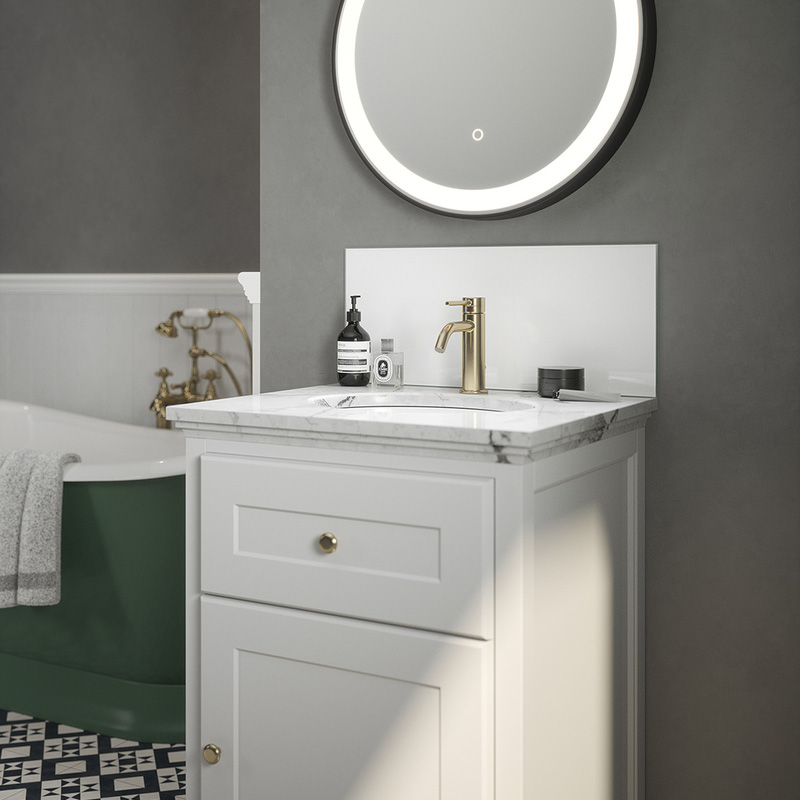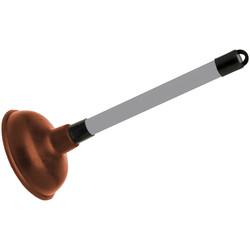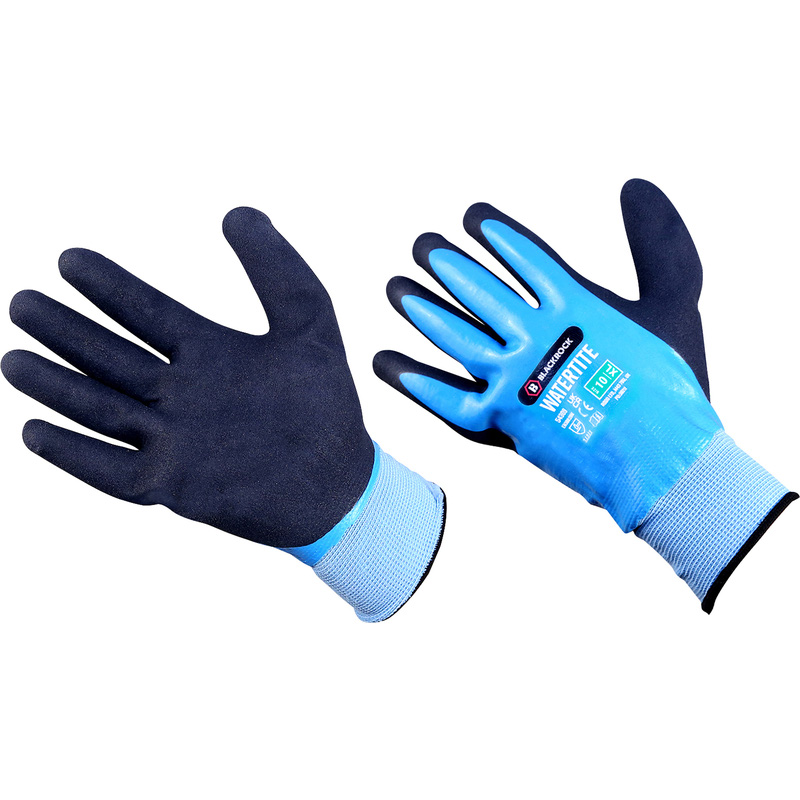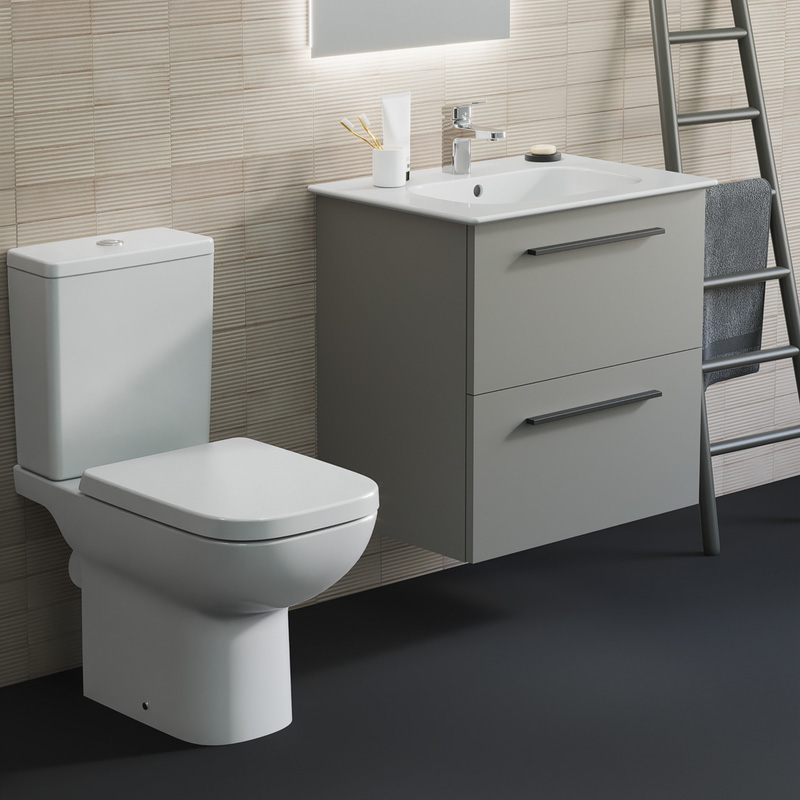A smoothly flowing sink is essential for a hassle-free kitchen or bathroom experience. Over time, sinks can become blocked due to accumulated debris, leading to slow drainage or even a complete blockage. In this guide, we'll walk you through the steps to effectively unblock your sink, ensuring you can get back to enjoying your space in no time.
Essential Tools & Equipment
You will also need hot soapy water, a washing up bowl to collect dirty water and an old toothbrush or similar.
Step 1: Using a Plunger
-
Place the plunger over the plug hole.
-
Pump vigorously to create suction and dislodge any blockages.
Step 2: Using a Waste Pipe Cleaner
-
Insert the corkscrew end of the waste pipe cleaner down the drain.
-
Push and pull the cleaner through the pipe to dislodge any debris.
-
This method is especially useful if the blockage is most likely hair, as the pieces get caught on the corkscrew and can easily be pulled out.
Step 3: Dismantling the Pipework
-
Place bowls underneath the sink to catch any water, and put on rubber gloves to protect you from dirty water.
-
Unscrew the U-bend or bottle trap.
-
Clean the U-bend or bottle trap in a bucket of hot soapy water, using a toothbrush or pipe cleaner for thorough cleaning.
-
Reassemble the pipework, ensuring all washers are in place.
-
Run the water to ensure the sink drains properly. If it doesn't, the blockage is properly deeper in the pipes and you should seek professional advice.






